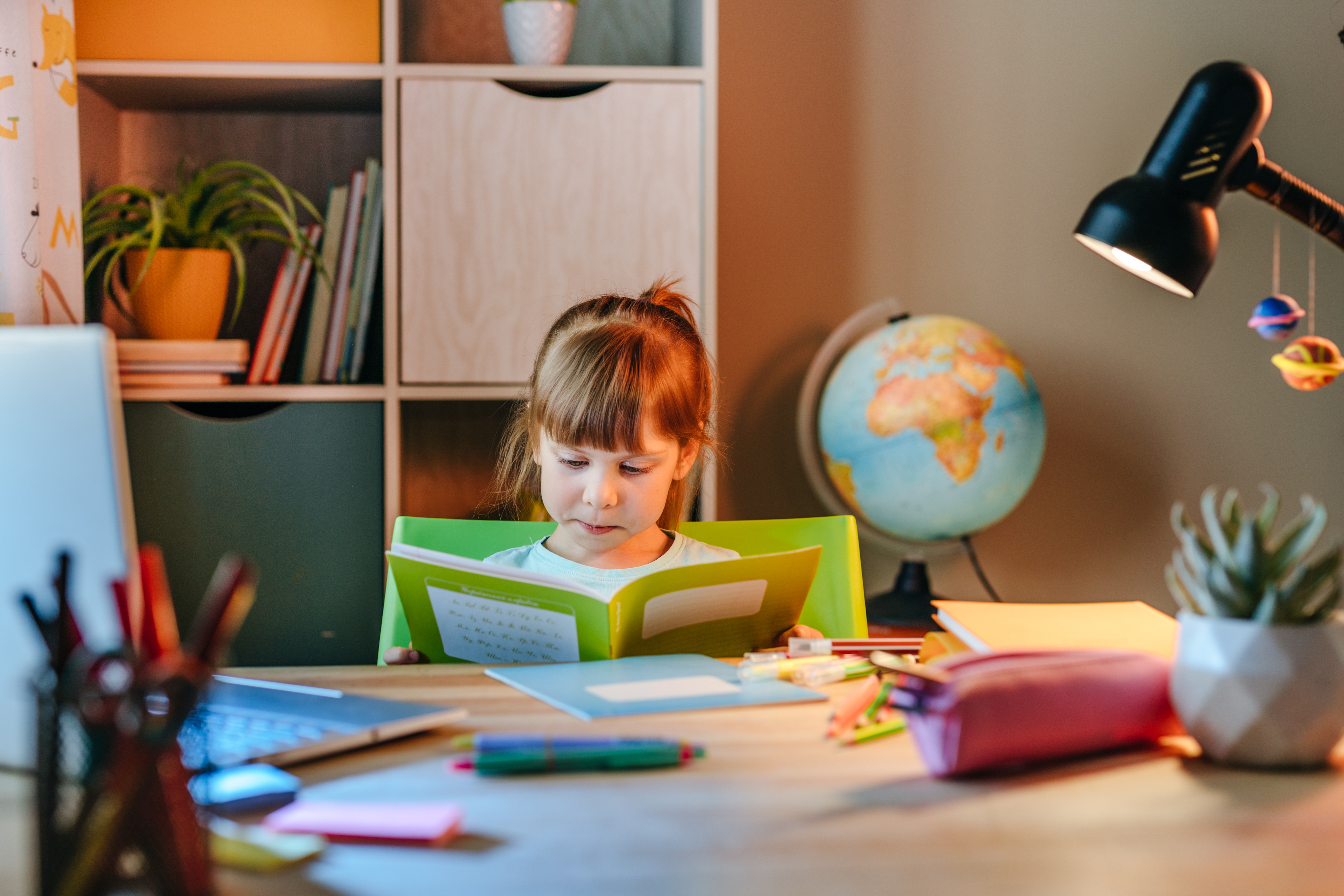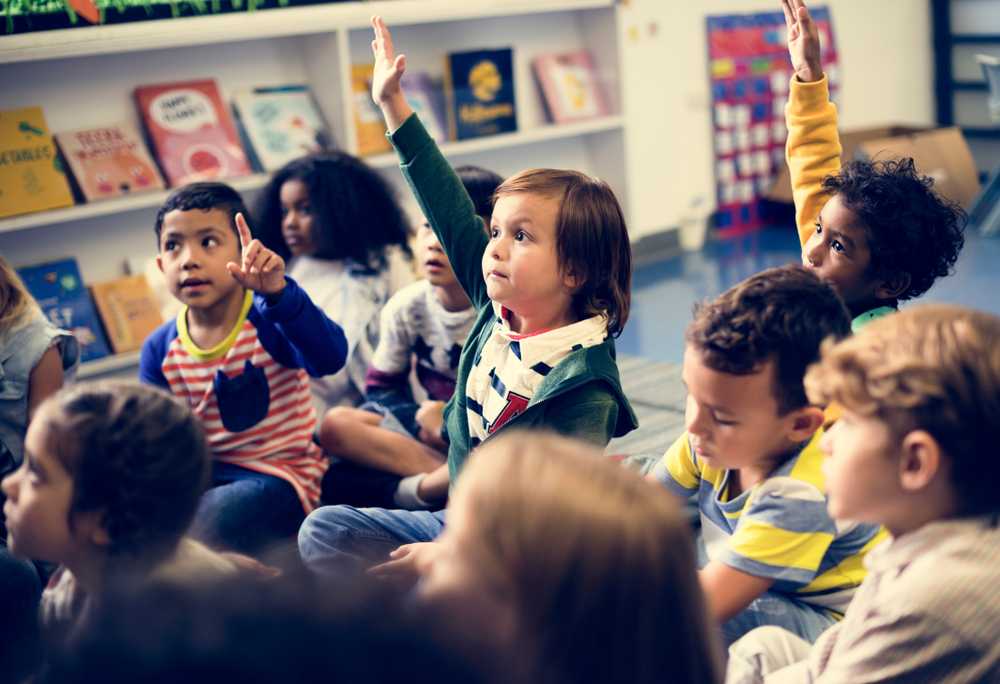Story sequencing Normal Worksheets for 6-Year-Olds
13 filtered results
-
From - To
Discover our engaging "Story Sequencing Normal Worksheets" designed specifically for 6-year-olds. These worksheets provide a fun and interactive way for children to practice their sequencing skills through classic stories and imaginative scenarios. By arranging events in the correct order, young learners enhance their comprehension, critical thinking, and storytelling abilities. Each worksheet comes with vibrant illustrations and easy-to-follow instructions, making learning enjoyable and accessible. These resources are perfect for classroom activities or at-home learning, fostering creativity and a love for reading. Download our story sequencing worksheets today and empower your child to become a confident storyteller!


“The Princess and the Pea” and “Cinderella” Worksheet
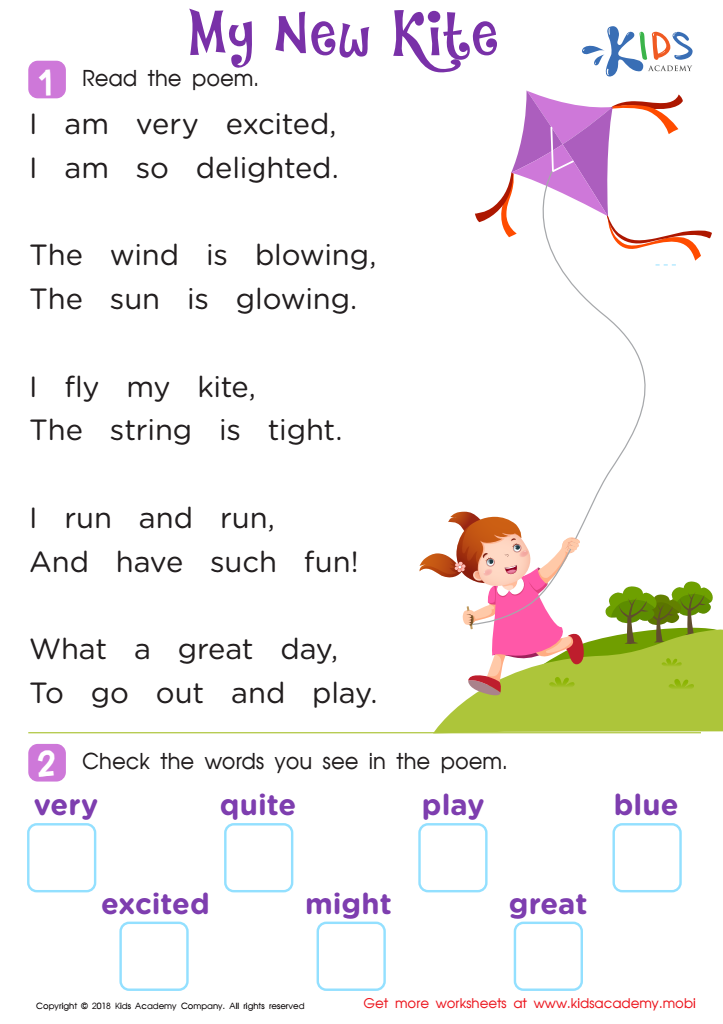

Poem: My New Kite Worksheet
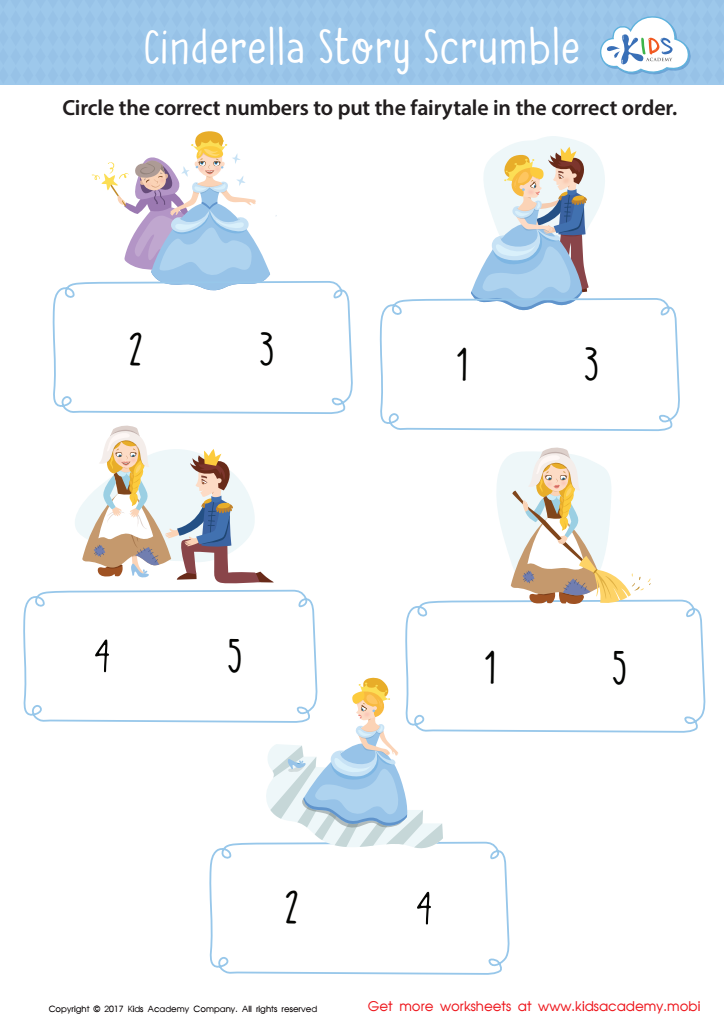

Cinderella Story Sequencing Worksheet
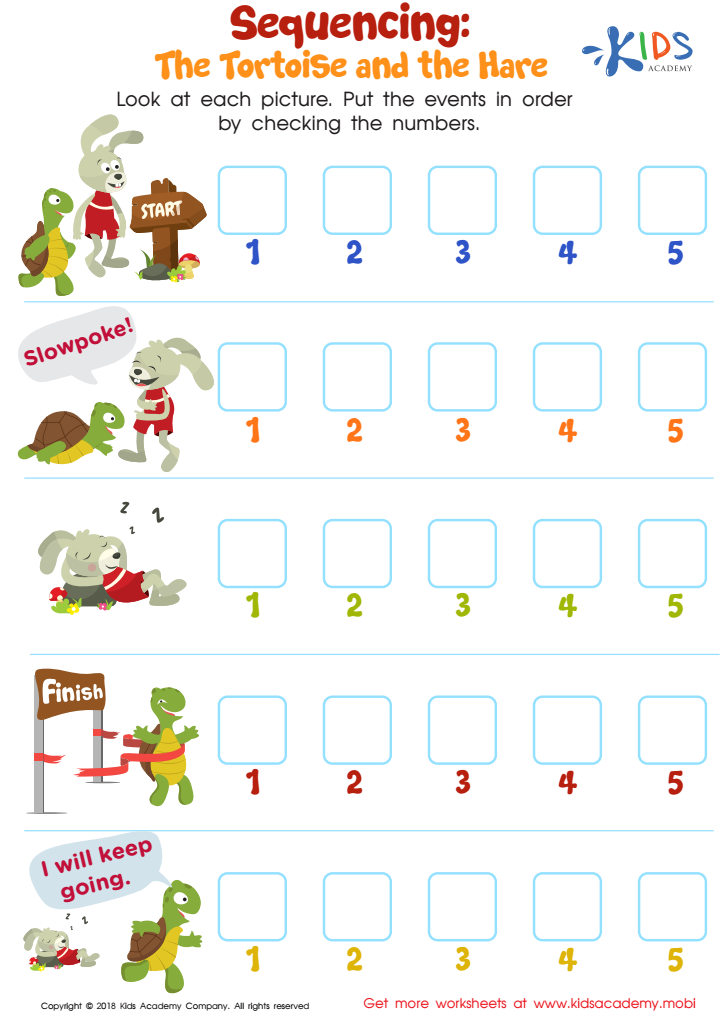

Sequencing: The Tortoise and the Hare Worksheet
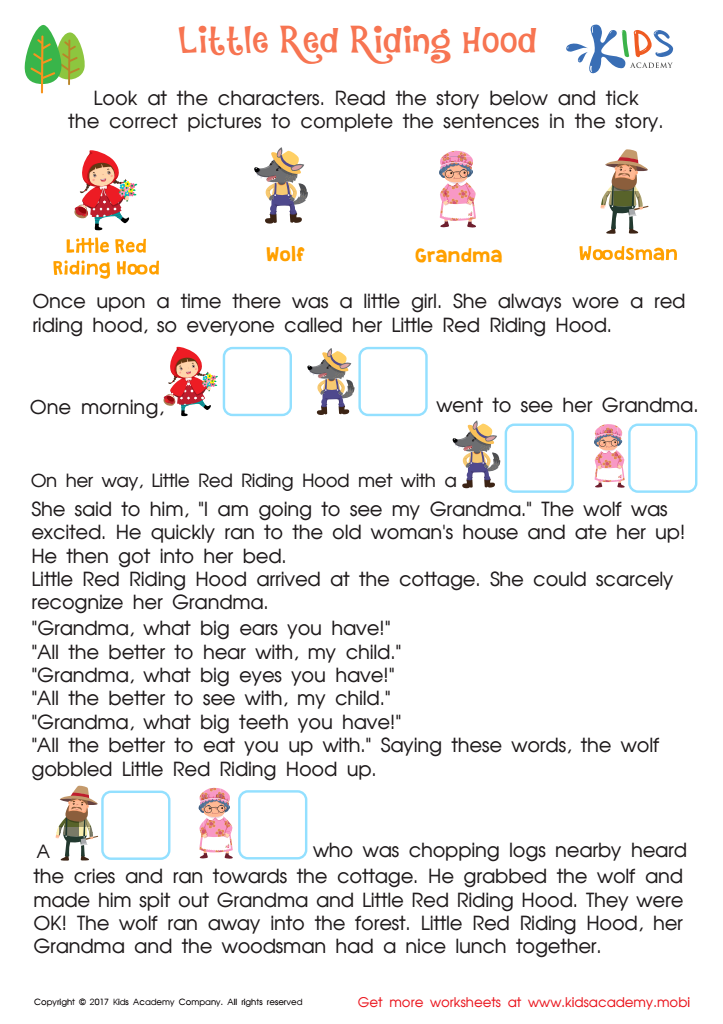

Little Red Riding Hood Printable


Cinderella: Beginning, Middle and End Worksheet
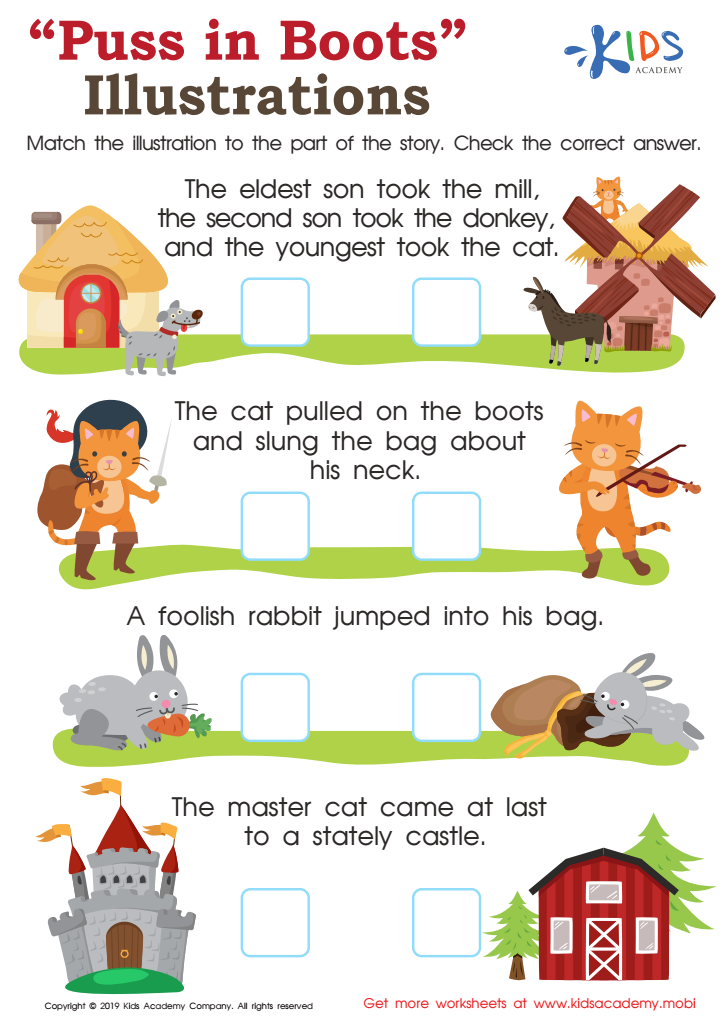

Puss in Boots Illustrations Worksheet
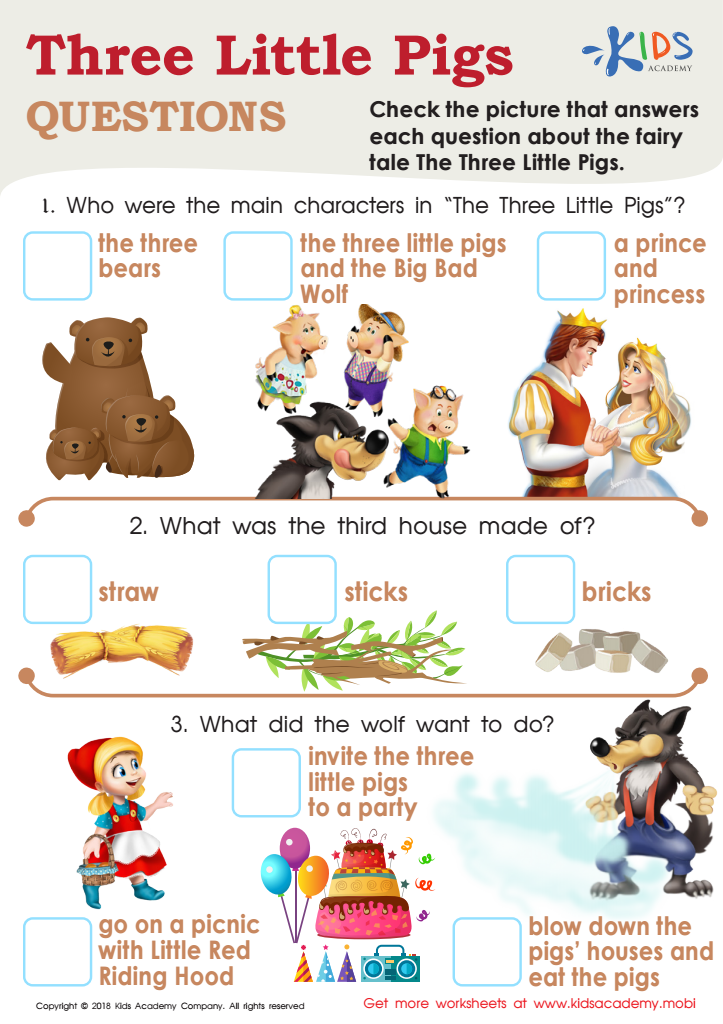

Three Little Pigs Questions Worksheet
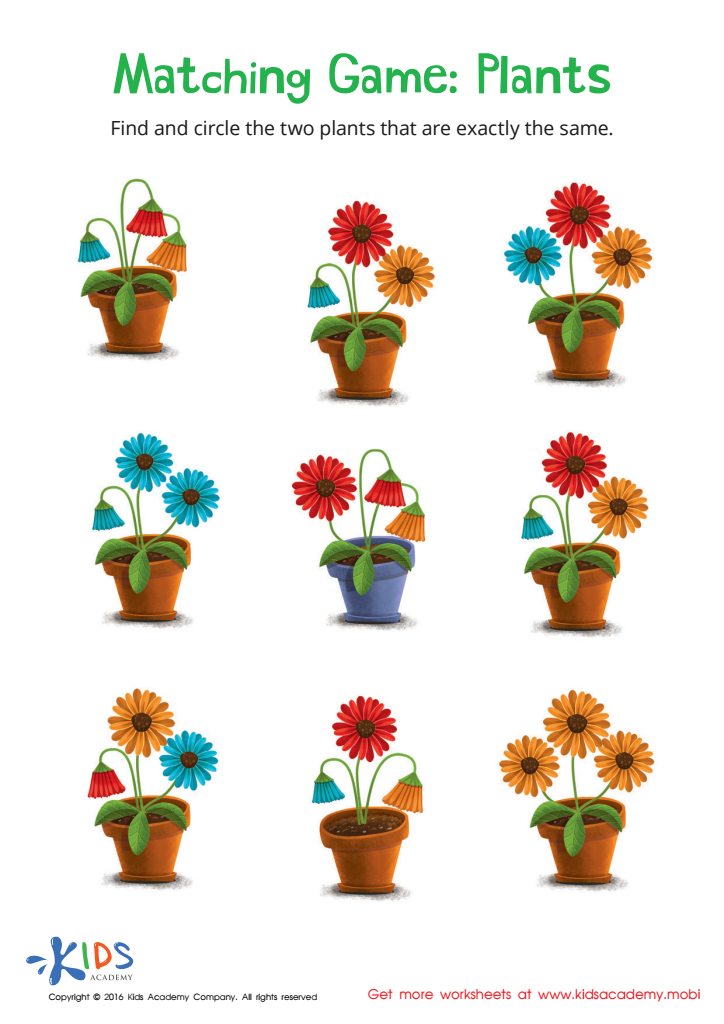

Matching: Plants Worksheet
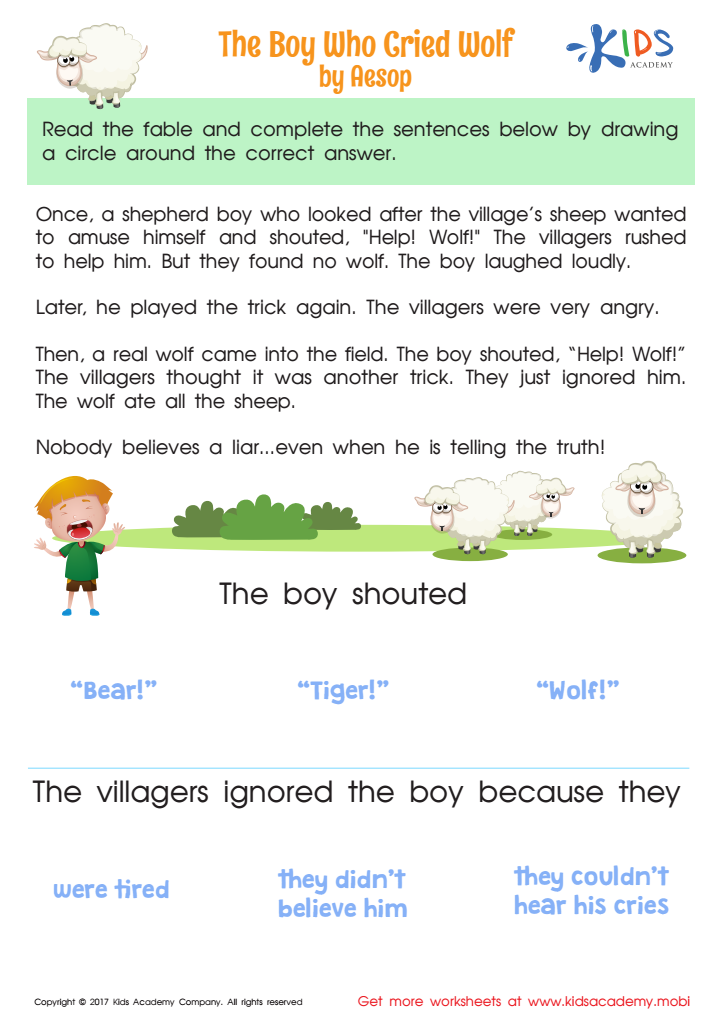

The Boy Who Cried Wolf Worksheet
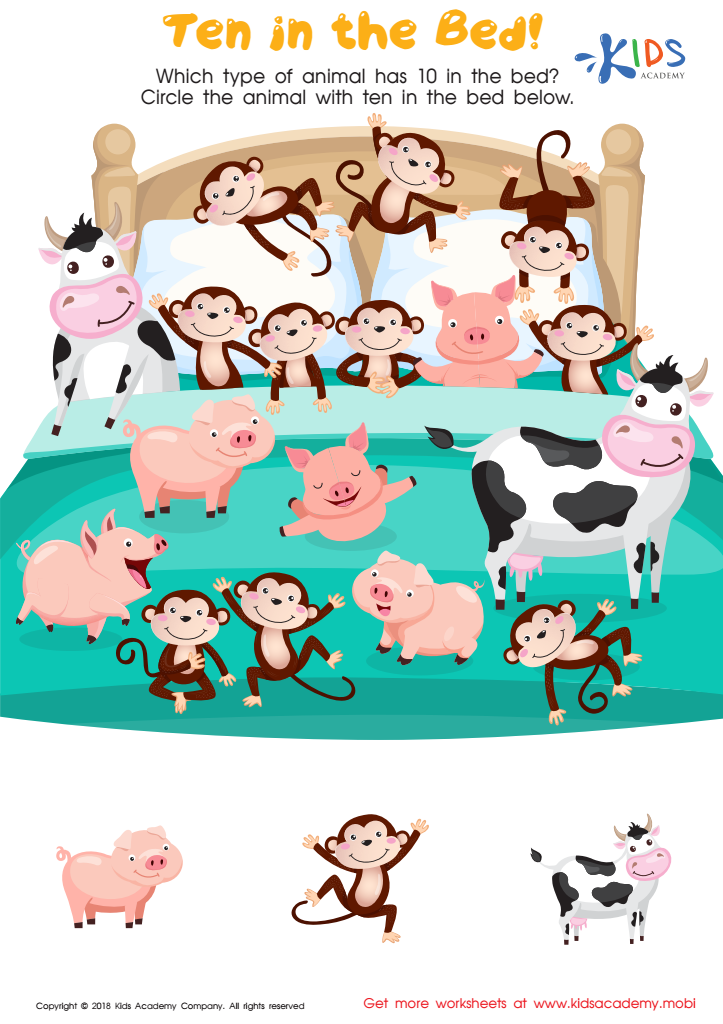

Ten in the Bed Worksheet
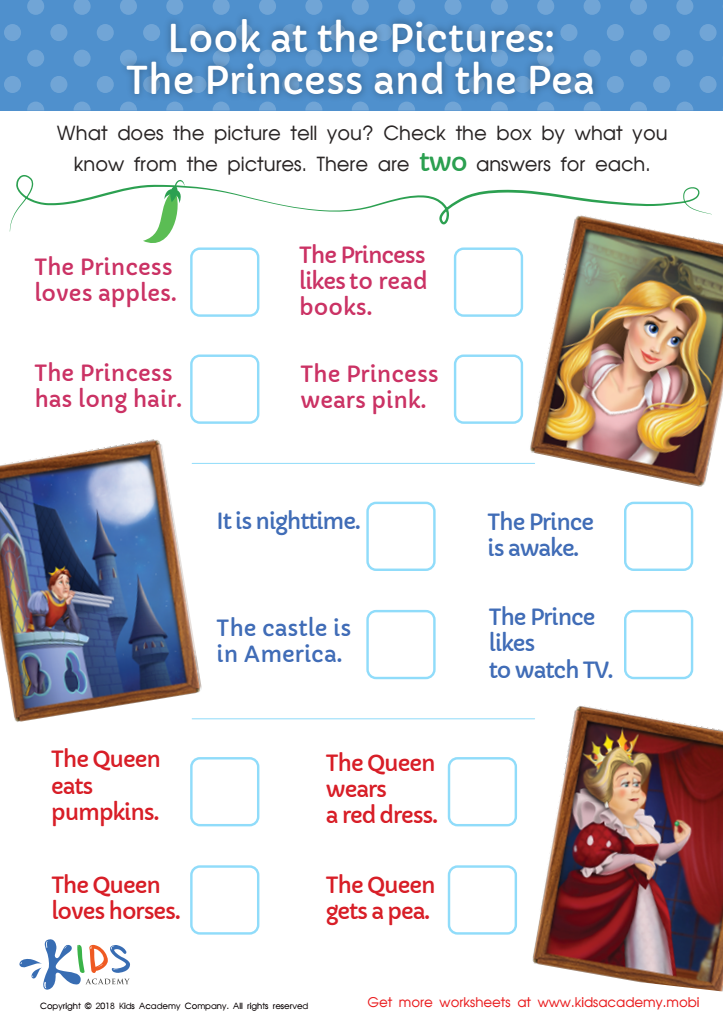

Look at the Pictures: The Princess and the Pea Worksheet
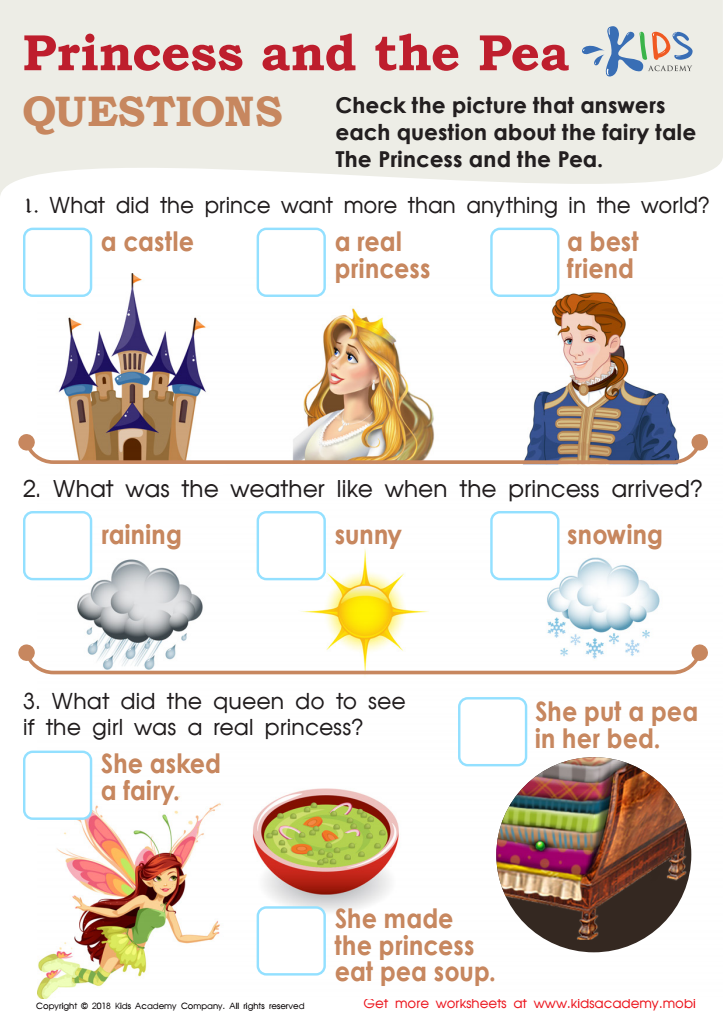

Princess and the Pea Questions Worksheet
Story sequencing is a crucial skill for 6-year-olds, as it helps them understand narrative structure and enhances their comprehension abilities. Parents and teachers should care about this skill for several reasons.
Firstly, story sequencing fosters critical thinking. When children understand the order of events, they learn to make connections and predictions about what might happen next, enhancing their analytical skills. This is essential for both reading comprehension and overall academic success.
Secondly, it supports language development. By discussing the sequence of a story, children expand their vocabulary and learn to articulate their thoughts clearly. This improves their communication skills, which are vital throughout their education and in everyday interactions.
Additionally, mastering story sequencing boosts a child's confidence. When they can successfully recount a story in the correct order, they feel a sense of achievement, encouraging them to engage more actively in reading and storytelling.
Lastly, this skill hones listening abilities. Children learn to pay attention to details, which is beneficial not just in literacy but across all subjects. Thus, investing time in teaching story sequencing can yield long-term benefits that contribute to their overall growth and learning journey.

 Assign to My Students
Assign to My Students





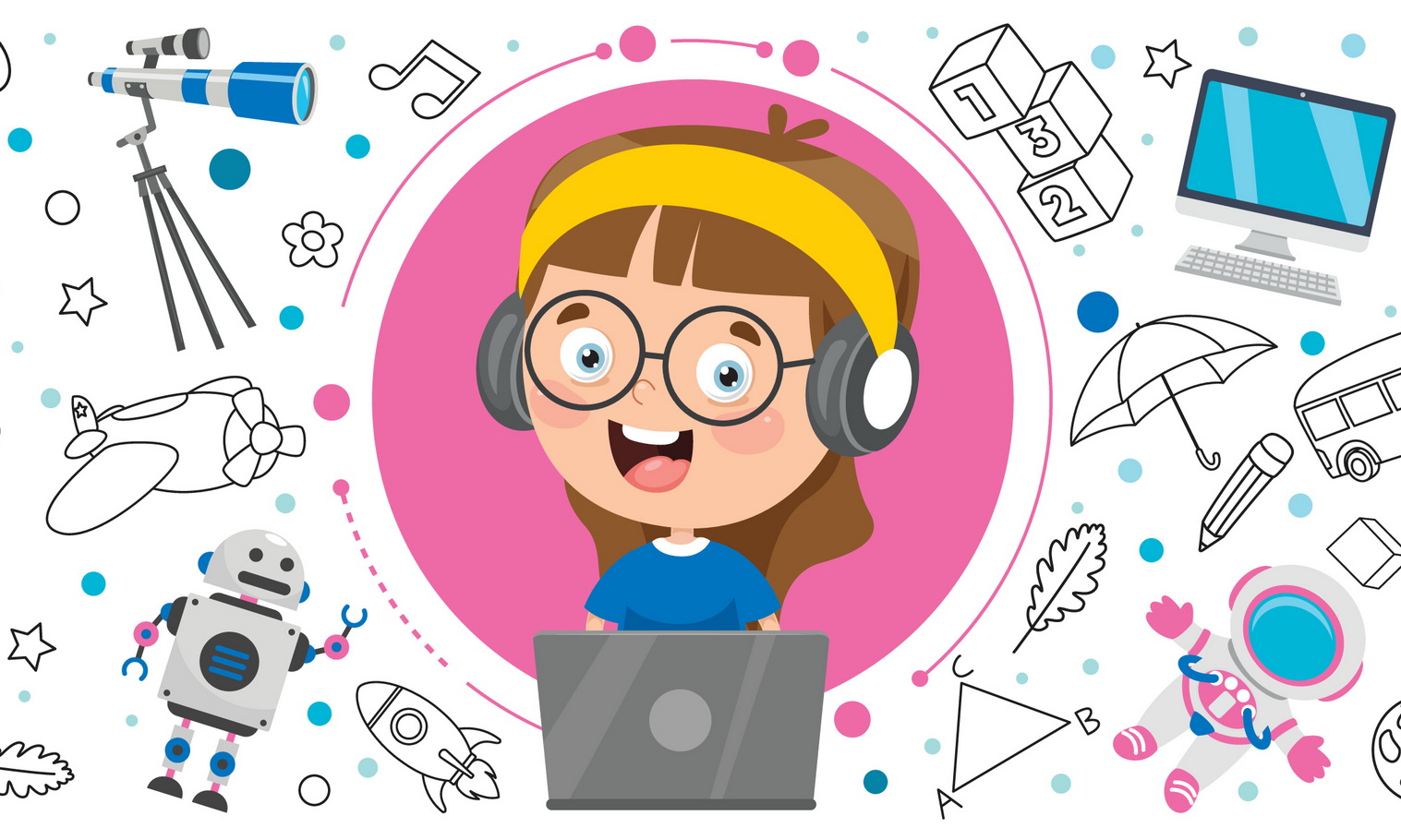


.jpg)
